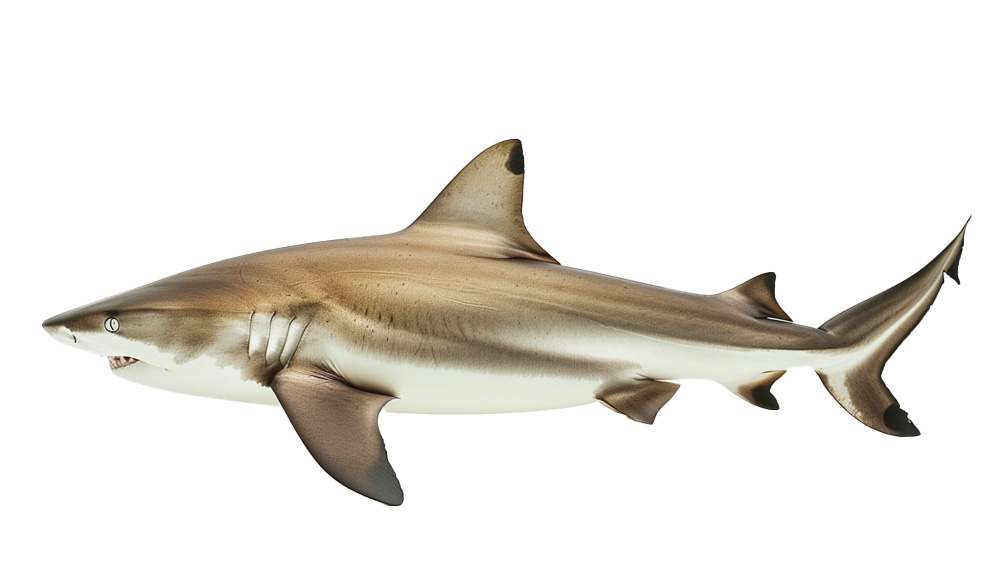Bears – Majestic Yet Potentially Dangerous Predators
Bears are fascinating creatures admired for their strength, intelligence, and adaptability. However, they possess a natural predatory instinct and immense strength, which can make encounters with humans dangerous, especially under certain conditions.
Size and Appearance
Species Diversity: Several species including the American black bear (Ursus americanus), brown bear (Ursus arctos), and polar bear (Ursus maritimus).Species Diversity: Several species including the American black bear (Ursus americanus), brown bear (Ursus arctos), and polar bear (Ursus maritimus).
Typical Length and Weight:
- Black Bear: 5 to 6 feet; up to 600 pounds.
- Brown Bear: 6 to 10 feet; 300 to 800 pounds, with some exceeding 1,000 pounds.
- Polar Bear: 7 to 10 feet; up to 1,600 pounds.
Habitat
Habitability: Ranges from forests and mountains to arctic ice packs.
Geographical Range: North America, Europe, and Asia for black and brown bears; the Arctic Circle for polar bears.
Diet
Omnivores: Berries, plant material, insects, fish, and small mammals for black and brown bears.
Carnivorous: Polar bears primarily hunt seals.
Bears and Their Danger to Humans
Behavior
Protective Nature: Particularly mothers with cubs.
Food-Driven Aggression: Attracted to human food and garbage, escalating the risk of conflicts.
Surprise Encounters: Bears may react aggressively if startled or threatened.
Increased Threat
Habitat Encroachment: Expansion of human activities into bear territories.
Food Scarcity: Can drive bears to seek food in human-dominated areas.
Bear Statistics
Bear Attacks
- North America: On average, there are fewer than 50 bear attacks annually across the continent.
- Fatalities: Roughly 3-5 fatalities each year in North America, predominantly from brown (grizzly) and occasionally black bears.
Black Bear Attacks
- Generally timid but can attack if cornered or defending cubs.
Brown Bear (Grizzly) Attacks
- More territorial and aggressive, particularly in areas with low food availability or with cubs.
Polar Bear Attacks
- Rare but potentially the most dangerous due to sheer size and predatory nature.



